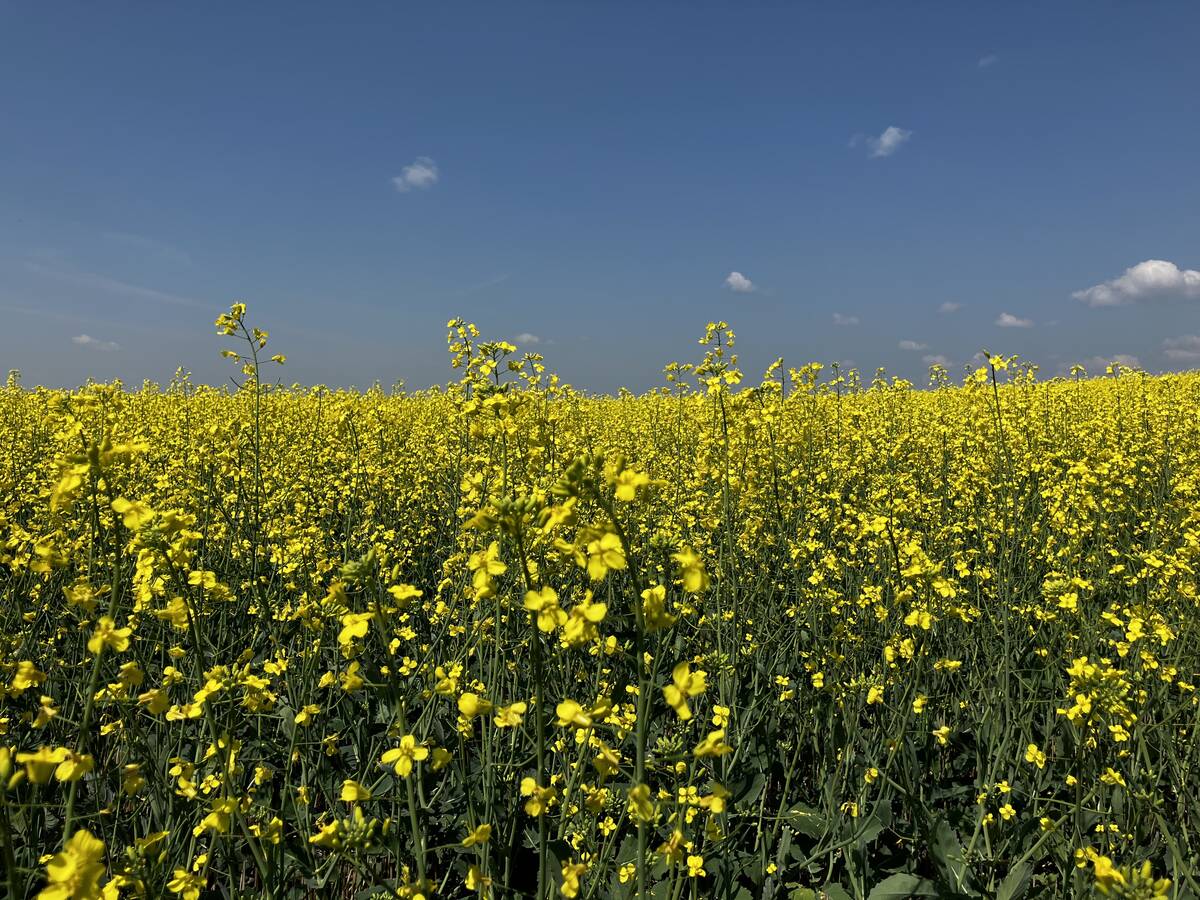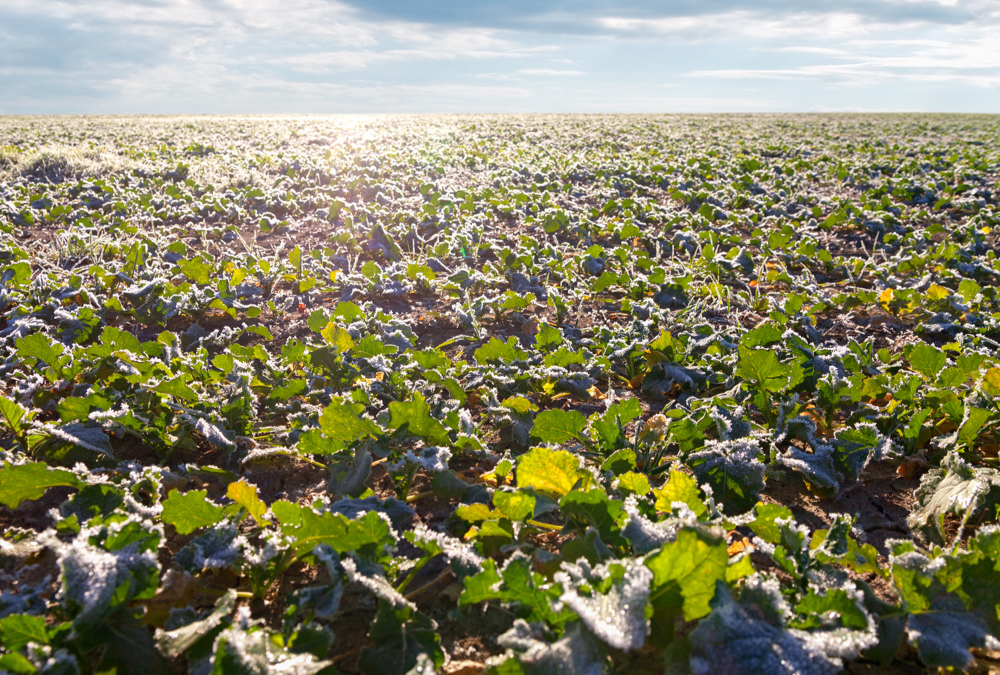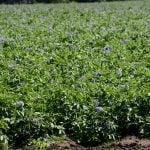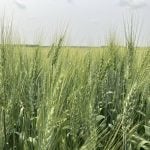When the downturn in ICE Futures canola finally gave way, it did so with a measure of gusto. The old-crop July contract touched its daily trading limit of $30 per tonne on May 27, before it eased back to increase by $24.40 on the day. New-crop positions also experienced jumps of more than $20.
This marked the first since May 18 that July had increased; the more deferred positions hadn’t pushed higher since May 14. Clearly canola had become much oversold as spec funds were busy liquidating. As one trader summed it up, “There’s nothing more bullish than an oversold bull.”
Read Also

Canola prices rangebound heading into new crop year
Looking ahead at the 2025/26 grain marketing year: Market fundamentals will remain highly influential in the longer term for Canadian canola prices.
Much-needed rain added to the tempering of canola values as a somewhat uncertain future for the 2021-22 crop received a shot of confidence. However, the drought across the Prairies is hardly over and more rain will be needed in the coming weeks and months — a concern that will continue to underpin values.
The main driver of the extended reduction in canola values was the long-liquidation exodus, with no one interested in hanging on to their July contracts — in particular, commercials who have likely corralled as much canola remaining out there as they possibly can.
In canola’s dramatic turnaround on May 27, overnight frosts helped to bolster the gains. As the same trader put it, “We need a perfect growing season and it’s definitely not starting out to be a perfect growing season.”
Canola will certainly ebb and flow with the weather, as the crop will need its moisture while the market ponders how much of the Canadian oilseed will come off the fields. The idea of 2020-21 ending stocks at around 700,000 tonnes will give an upward jolt to prices in the meantime — and the slight increase to ending stocks of 750,000 tonnes in 2021-22 will follow the same path.
As is often the case, the Canadian oilseed will play the follower to the soy complex on the Chicago Board of Trade (CBOT). Where the complex — especially soyoil — goes, canola follows. It’s rarely in firm lockstep, with canola often lagging behind wherever the ‘beans’ go.
To sum up, this means more of the same as what we have witnessed over the last few months, with more volatility in canola. Until the markets have a firm grasp as to how much canola is out there, sizable gains in the market one day, or over a number of days, may easily be replaced by sizable declines.




















